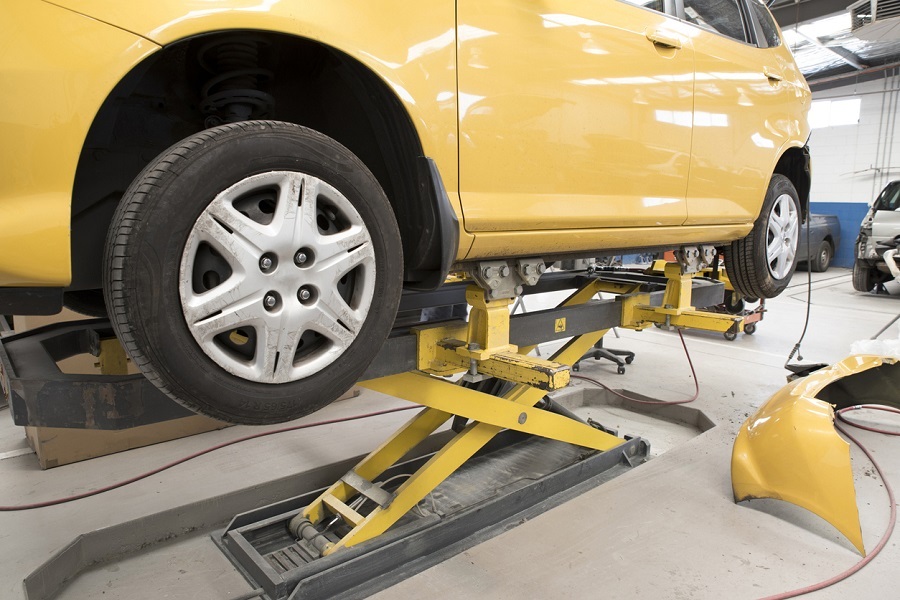
The Dangers of a Short Circuit in Your Wiring Harness
A short circuit occurs when an unintended connection allows electrical current to take an alternate path, bypassing its intended route. In a vehicle’s wiring harness, this can mean power jumping from one wire to another or grounding out unexpectedly. Unlike an open circuit, which simply stops the flow of electricity, a short circuit can lead to dangerous overheating, rapid component failure, or even vehicle fires. Given that modern vehicles rely heavily on electronics, a short circuit in the wiring harness is a serious threat to both performance and safety.
Common Causes Behind Short Circuits
Short circuits in wiring harnesses can develop for various reasons, many of which involve physical damage. Over time, heat, moisture, and vibration can wear down insulation, leaving wires exposed. Rodent damage is also increasingly common, with animals chewing through wiring and causing conductors to touch. Corrosion at connector points or within junction boxes can also lead to errant current flow. In some cases, poorly executed aftermarket installations—like alarm systems or audio upgrades—can disrupt factory wiring and create shorts through pinched, overloaded, or poorly grounded connections.
The Hidden Symptoms of a Wiring Short
A short circuit doesn’t always result in a catastrophic failure right away. Sometimes, it manifests as intermittent issues—flickering dashboard lights, random warning messages, or blown fuses. Drivers may also notice malfunctioning electronics, like windows that won’t roll down, a non-functioning infotainment system, or a battery that keeps dying. In more severe cases, smoke or a burning smell may be present, signaling wire insulation melting from excess heat. Ignoring these signs can lead to escalating damage across multiple systems. There comes up the special arrangements from the Auto Repair in Houston, TX based services.
Safety Risks and Component Damage
The most significant threat posed by a short circuit within a wiring harness is the imminent risk of fire. When a wire conducting a substantial electrical current unexpectedly grounds against the vehicle’s chassis or makes contact with another conductor, it can experience rapid and extreme heating. In the absence of adequate fuses or effective circuit protection mechanisms, this overheating can escalate to the point where the wire melts, burns, or ignites nearby flammable materials. However, even if a fire is averted, a short circuit can still lead to the abrupt failure of critical vehicle systems, including airbags, lighting, or engine controls. Such malfunctions can result in costly repairs and, more importantly, jeopardize the safety of the driver, passengers, and other road users.
Prevention and Early Detection Are Key
To avoid the dangers of a short circuit, regular inspections and preventive maintenance are essential. Technicians can test for abnormal resistance or current leaks using diagnostic tools. Visually inspecting wiring harnesses for signs of abrasion, heat damage, or corrosion can catch issues early. If you’ve recently been in a collision or noticed electrical oddities, it’s wise to have your harness checked. Prompt action helps prevent costly repairs—and more importantly—keeps you safe on the road.



